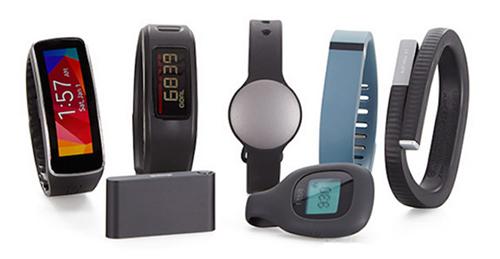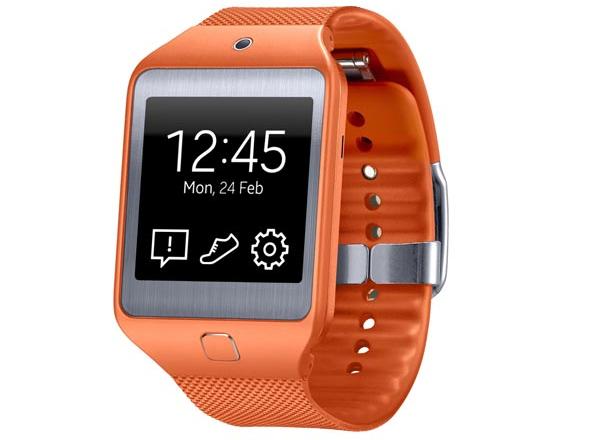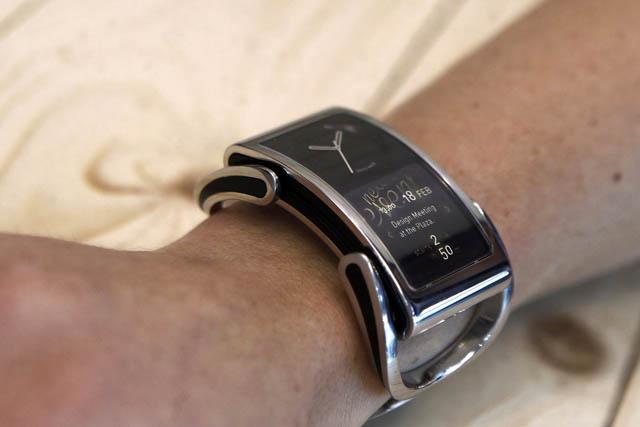You are here
It’s getting wearable now
By Jean-Claude Elias - May 26,2016 - Last updated at May 26,2016
Do not own a smartwatch a Gear Circle or a Fitbit yet? You may be out.
With the current trend called “wearable” there is little doubt that digital technology is closer than ever to get permanently under our skin — literally.
It moved out of labs to get into offices in the 1960s and 1970s. It then evolved from personal in the 1980s to become portable and then mobile over the last few years. Now it’s getting wearable. The curve was predictable. It was easy to extrapolate and to see where it was all going.
Smartphones are amazing and definitely indispensable, but their relatively large size and the fact that you have to carry them somehow, in your pocket, handbag or in a pouch of some kind, is a limitation. This makes them less practical to use, more exposed to be lost, forgotten or stolen.
Wearing the device around your wrist, therefore pushing out your traditional wristwatch out of the way and taking its place, is the concept that manufacturers are betting on to change our habits a little more beyond mobility. Seiko, Samsung and a few others have been making smartwatches for a few years now, but it is actually only since 2014 that fully functional models that can be considered as true digital wearable computers have been on the market
Samsung’s S9110 Watch Phone, for example was introduced as early as in 2009, and Sony’s LiveView joined the set in 2010. Now the leaders are Apple, Pebble and Samsung.
Whereas a smartwatch nicely and easily replaces your wristwatch as a timepiece, it is its Bluetooth connection with your smartphone that matter most. Checking incoming calls, answering, reading reminders, etc., without having to access the phone, brings unprecedented convenience.
Fitbit, on the other hand, and although it looks like a typical smartwatch, is more oriented towards fitness and health. It analyses your sleep, counts the steps you walk or run, the stairs you climb, the calories you burn, the time you’ve been working out and of course it graciously handles your reminders; the least it can do for you. Reports can be sent — wirelessly, it’s understood — to your smartphone for more comfortable viewing on the large screen. Like virtually all wrist-wearable digital devices, it also looks gorgeous, especially Alta, the company’s newest model.
The wearable notion is not limited to your wrist. Samsung for instance has a model of Bluetooth stereo earphones that you wear like a collar around your neck. It is smartly designed and very convenient, with its two ends locking automatically thanks to the built-in magnet. Separate the two ends and you answer the incoming call, snap them again together, instantly with the magnet and you hang up the phone. Those looking at you from a certain distance may think that you are a physician and that what you are wearing around your neck actually is a stethoscope. Others may wonder what kind of collar you are wearing! Just don’t be offended if you are a macho male and people think it’s a necklace that you have there.
Battery is an element to take into consideration, but here it seems that most wearable devices withstand this test a little better than the main smartphone. Indeed, a fully charged battery will keep your Samsung Gear S2, Fitbit Alta, Apple Watch or Gear Circle running for at least two days, and up to five in some cases; this varying with actual usage of course.
As always price also is an element to consider. These wearable elegant gadgets are not cheap. Although you can find unbranded, inexpensive models between JD30 and JD100, prices range by reputable, known manufacturers remain between JD100 and JD400, typically.
Related Articles
NEW YORK — Most fitness trackers can measure a lot: steps taken, heart beats, sleep quality and workout performance.That’s a lot of data, bu
Samsung unveiled two new computerised wristwatches on Sunday, this time including health sensors and related fitness features to give people a reason to buy one.
Smartphone makers are fighting for space on your wrist and your head, lucrative real estate for a new wave of high-tech devices if only they can persuade you to wear them.



















